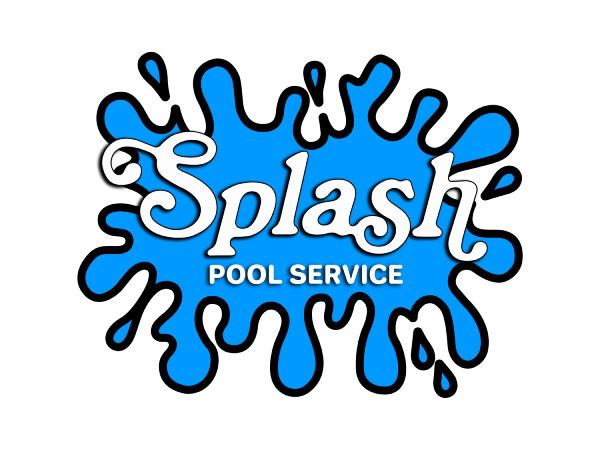Keeping your pool crystal clear and safe for swimming involves a lot of factors, and chlorine is high up on that list. But what if you’ve been adding a large amount of chlorine and still can’t maintain the recommended chlorine levels? This article aims to address that issue, providing insights and solutions to get your pool back on track.
Understanding Normal Chlorine Dosing
The appropriate amount of chlorine to add depends on several factors including usage, weather, and debris levels. In a typical summer in Tucson, AZ, most pools require 3 to 4 pounds of chlorine every two weeks. It’s crucial to regularly test the water and adjust chlorine levels based on those results to maintain optimal water quality.
When and How to Shock Your Pool
If your pool’s chlorine levels drop suddenly or algae starts forming, a shock treatment can help restore balance. Pool shocking is a regular part of maintenance and helps keep the water clean.
A light shock of 1-3 pounds of chlorine may be enough for minor issues. However, for severe algae problems, you might need 4-8 pounds or more. It’s important not to underdose, as it can lead to recurring issues and higher costs. A heavier shock often resolves the problem more effectively. If shocking doesn’t work, a deeper problem may need to be addressed.
Always test the water before swimming to ensure safe chlorine levels.
Running Out of Chlorine After Heavy Shock?
If you’ve gone through a heavy shock treatment—say, 8 pounds of chlorine—and find your chlorine levels are depleted to zero within a week, it’s a red flag. Before continuing to dump more chlorine into the pool, you may have a deeper issue that needs addressing first. Let’s discuss some common underlying issues and how to diagnose them.
Basic Checks First:
- Filter Run Time: Make sure your filter is running for at least 10 to 12 hours total per day, specifically during the daylight hours when the sun is out.
- Circulation: Check that you have strong circulation while on high speed.
- Main Filter and Leaf Baskets: Ensure that the main filter is clean and that all leaf baskets are not clogged.
Dive Deeper with These Tests:
1. The DE Test for Filters
To determine if your filter is capturing small particles, perform a DE (Diatomaceous Earth) test. While the pump is running, add 1 pound of pool DE powder into the skimmer. This process draws the DE powder into the filter where, if functioning properly, it should be completely captured and prevented from re-entering the pool. Watch the returns in the pool for 1-2 minutes after adding the DE to check for cloudy water returning to the pool. If you see any visible cloudiness, your filter needs to be repaired or replaced. This test works for all types of filters—Cartridge, DE, and Sand.
2. Assessing Circulation
Run your pump 12 hours per day on average (4 hours on high speed, 8 hours on low speed). The flow on high speed should be strong enough to power an automatic pool vacuum or create significant suction in the skimmer. Weak flow could point to circulation problems that need attention.
3. Water Quality
If your filter is functioning properly with strong water flow and you have tried using more than 10 pounds of shock in less than a week without stabilizing chlorine levels, it may be time to consider draining and replacing your pool water. Draining and refilling is typically recommended every 3-5 years to address the buildup of mineral hardness and cyanuric acid (CYA). However, the presence of other contaminants such as algaecides, lotions, yard debris, or other foreign substances can necessitate more frequent water changes. For more on why algaecides can cause chlorine loss, check out this post.
While it might be possible to keep adding more chlorine until you resolve your issue, doing so can easily become more expensive than simply draining and refilling the pool. Continuously adding chlorine can quickly accumulate costs, often reaching hundreds of dollars, all without any guarantee of resolving the underlying water chemistry issues. Draining and refilling your pool is a more assured method to effectively address and correct these problems, ensuring a clean and safe swimming environment.
Final Thoughts
If you’ve put more than 10 pounds of chlorine into your pool over one week and still find it lacking, don’t keep dumping in chlorine. Investigate the underlying issues to find a lasting solution. Happy swimming!
